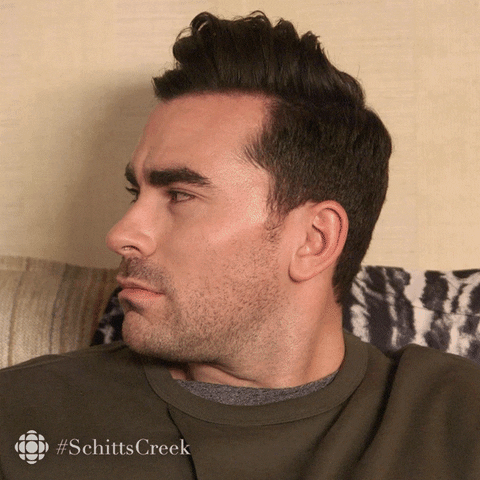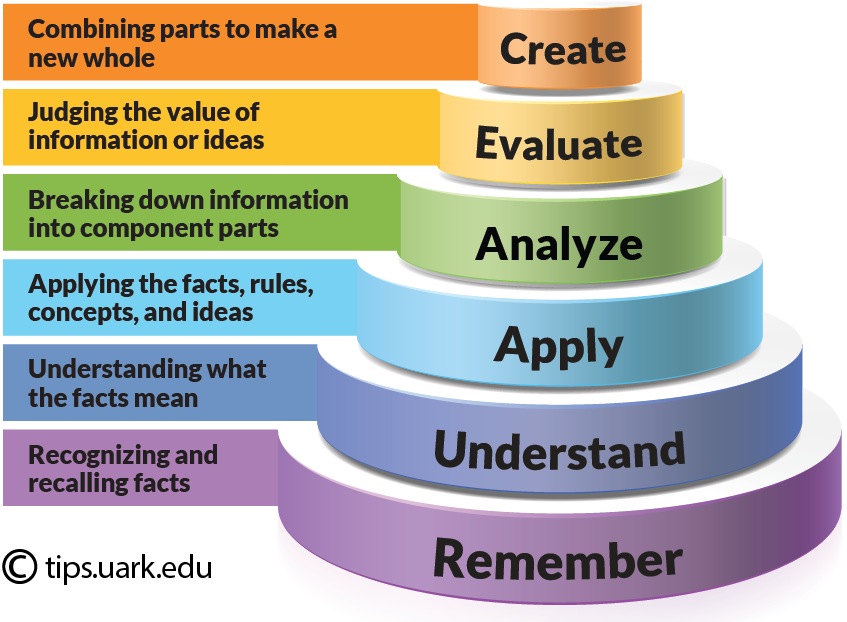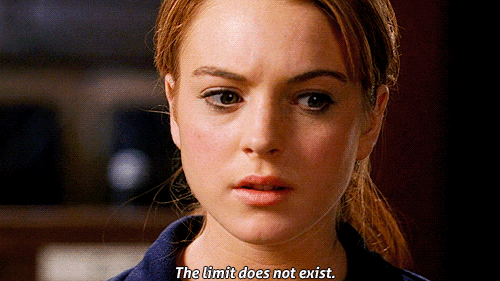I just started my eight year of teaching and to say things have changed over that time is an understatement. I still remember my first year of teaching clearly – even though I’ve tried to block most of it out at this point. I was naïve, I was young, and I was not confident which is like most first year teachers I would assume. You know that saying “fake it until you make it?” That was my living mantra. I, of course, tried to do everything, coach everything, and make the perfect lessons every day. I’m pretty sure I spent every night at the school until at least 6:00 and then would come home and continue working until I passed out. There was little to no balance in my life and when I look back on those “perfect” lessons, I laugh to myself thinking things like, “you really did this?” and I shake my head.
The point to my little story here is that we were asked this week how our beliefs have changed over the course of our teaching careers, and although I would say I am still a young teacher and have a lot of learning left to do, I still feel like I’ve grown a lot as a teacher already. I started taking my Master’s of Education three years ago and the growth I’ve experience since then is tenfold to the first 5 years as a teacher. When I began my teaching career, I was focused on structure and teaching students what they needed for the next level of education – whether that was the next course or university. I was a very structured teacher and although I tried to be creative with my lessons, I didn’t embrace technology all the much. It was an “extra” when I had time, but as a young teacher with 5 different curriculums to teach, I was just focused on making it through the next day.
In my early years, I would say I was more influenced by the cognitive theories. The point of my teaching was to deliver content in the more efficient way I could, and to ensure students gained knowledge from me. Peggy A. Ertmer and Timothy J. Newby elaborate in their article, “Behaviorism, Cognitivism, Constructivism: Comparing Critical Features From an Instructional Design Perspective” that:
Cognitive theories focus on the conceptualization of students’ learning processes and address the issues of how information is received, organized, stored, and retrieved by the mind. Learning is concerned not so much with what learners do but with what they know and how they come to acquire it (Jonassen, 1991b). Knowledge acquisition is described as a mental activity that entails internal coding and structuring by the learner. The learner is viewed as a very active participant in the learning process (p. 51).
“Behaviorism, Cognitivism, Constructivism: Comparing Critical Features From an
Instructional Design Perspective” by P.A. Ertmer and T.J. Newby is reprinted from
Performance Improvement Quarterly, 6(4), 1993, pp. 50–72. doi: 10.1111/j.1937-
8327.1993.tb00605.x
Majority of my lessons were focused on ideas of content and how to teach it to students in such a way that they could carry it on to the next level. I also remember giving exams for everything, whereas now, I rarely give exams in any courses other than my math courses. I wanted to fill their heads with knowledge of the subject in hopes something would stick for them to use later on. I wanted my students to be engaged and involved in their learning, but in my own way.
I continued to think about my younger teaching years as I browsed the map of learning theories and I found I connected even more to the theories of Bloom and Mastery Learning defined as “the students are helped to master each learning unit before proceeding to a more advanced learning task.” This is not surprising to me at all as most of my university career was spent analyzing Bloom’s Taxonomy and learning how to implement it into every aspect of our teaching. It makes sense that my early teaching days were so heavily focused on reaching the higher levels of Bloom’s in my instruction and evaluation.
Of course, I have grown a lot and that is evident as I look back on my early years. I still connect with the ideas of mastery learning and Bloom’s but there is also a lot more freedom in my teaching strategies. Now, I see myself more in constructivism and connectivism defined as the learner being a part of the construction of the knowledge they are learning. I am also so much more engaged with technology now, and I am focused on the more important “big ideas” in my classroom. I want students to still learn the content, but more of my focus is on the skills they take away from my courses.
For example, in my ELA classes, we focus on implicit and explicit messages in what we see, watch, and read, as well as critically analyze different sources of information so I know they can make informed opinions on many topics when they leave my classroom. They learn how to communicate with me and others in different types of platforms, including email and face-to-face interviews. I know when they leave my classroom, they will be able to write their thoughts and opinions in an informed and practiced manner and are able to interpret meaning from literature and film and form their own educated opinion on it.
In my math courses, especially calculus, we focus on the content and they are also usually challenged academically for one of the first times in their education. We learn how to study, and how to persevere even when things get tough. We learn together every time, and we learn that mistakes are a part of growth and it is okay to fail sometimes, as long as you try again. They learn to think more critically about problems and understand there is no cookie cutter way through the course. It is about applying your mathematical knowledge as well as common sense to solve many different problems.
I would say now I am a more connected educator and focus on the ideas of connectivism in my teaching. George Siemens stated the following about connectivism in his article “Connectivism: A Learning Theory for the Digital Age“:
The starting point of connectivism is the individual. Personal knowledge is comprised of a network, which feeds into organizations and institutions, which in turn feed back into the network, and then continue to provide learning to individual. This cycle of knowledge development (personal to network to organization) allows learners to remain current in their field through the connections they have formed (p. 6).
Connectivism: A Learning Theory for the Digital Age. George Siemens. https://jotamac.typepad.com/jotamacs_weblog/files/Connectivism.pdf
When I look at this definition, I know the ideas are broader and it’s about engaging students in learning and how to learn and be creative. Students now more than ever need tools for the future, not content, so if I can help in any little way by challenging them to think critically and evolve their own ways of thinking and learning, then I think I have been successful and they will be too!
Until next time,
Shelby







I really enjoyed reading your blog and hearing how you have evolved as a teacher. Knowing you personally (and seeing you grow from that little high school kid I used to coach) I have seen this growth in the way you talk about your classes and students! Great read Mackey!
LikeLiked by 1 person
Thanks Joce! That means a lot coming from you coach! 🙂
LikeLike
Great post! I enjoyed reading about your experience and growth as an educator. Similar to you, I connected with Bloom’s Taxonomy early on in my career, but have also experienced a shift towards constructivism and connectivism. Technology has changed how we do things, so I think it’s important that we focus on the “big ideas”, like you said.
As a side note, I really enjoyed all the added gifs in this post! I related to all of them 🙂
LikeLiked by 1 person
Thanks for the comment Catherine! I’m glad you appreciate the graphics. I think they reflect how I’ve been feeling lately quite accurately! 🙂
LikeLike
🙂 ha Just as Catherine said I read this blog via twitter earlier in the week and I immediately appreciated all the graphics!
I also wanted to come back and comment because I feel like you so eloquently described my (current) journey from cognitivism and controlling so much of the content to constructivism/connectivism and allowing the students to steer the direction of learning. I feel even now as I am teaching a new grade, I am that crazy teacher spending all my time planning. Besides, being a recovering type A (heavy in the recovery), I wonder if this is because I spent the early part of my career teaching Grade One. I do believe that we have to connect to our ‘littles’ schema and allow for some of their input but it is of course not nearly the same as with older students with higher level thinking skills/more experiences. Anyhoo, thanks for the reminder to find more (diverse) avenues/platforms for my students to express themselves.
LikeLiked by 1 person
Thanks for the comment! I am also a heavily recovering type A so I can definitely relate to you! It’s not been easy to transition but I feel like the courses I’ve taken through my Master’s have really helped in their journey. It feels more like my choice and my growth over being forced to change with the times. Best of luck with your students!
LikeLike
Thank you for sharing your personal experiences! When I think back to my first year of teaching I think of all the extra time I spent at the school too! It has definitely taken me a few years to really balance, work with my personal life. I agree that the skills we need to give our students today, needs to go beyond just content, but actual skills for how they can navigate and think for themselves in today’s fast paced world.
LikeLiked by 1 person